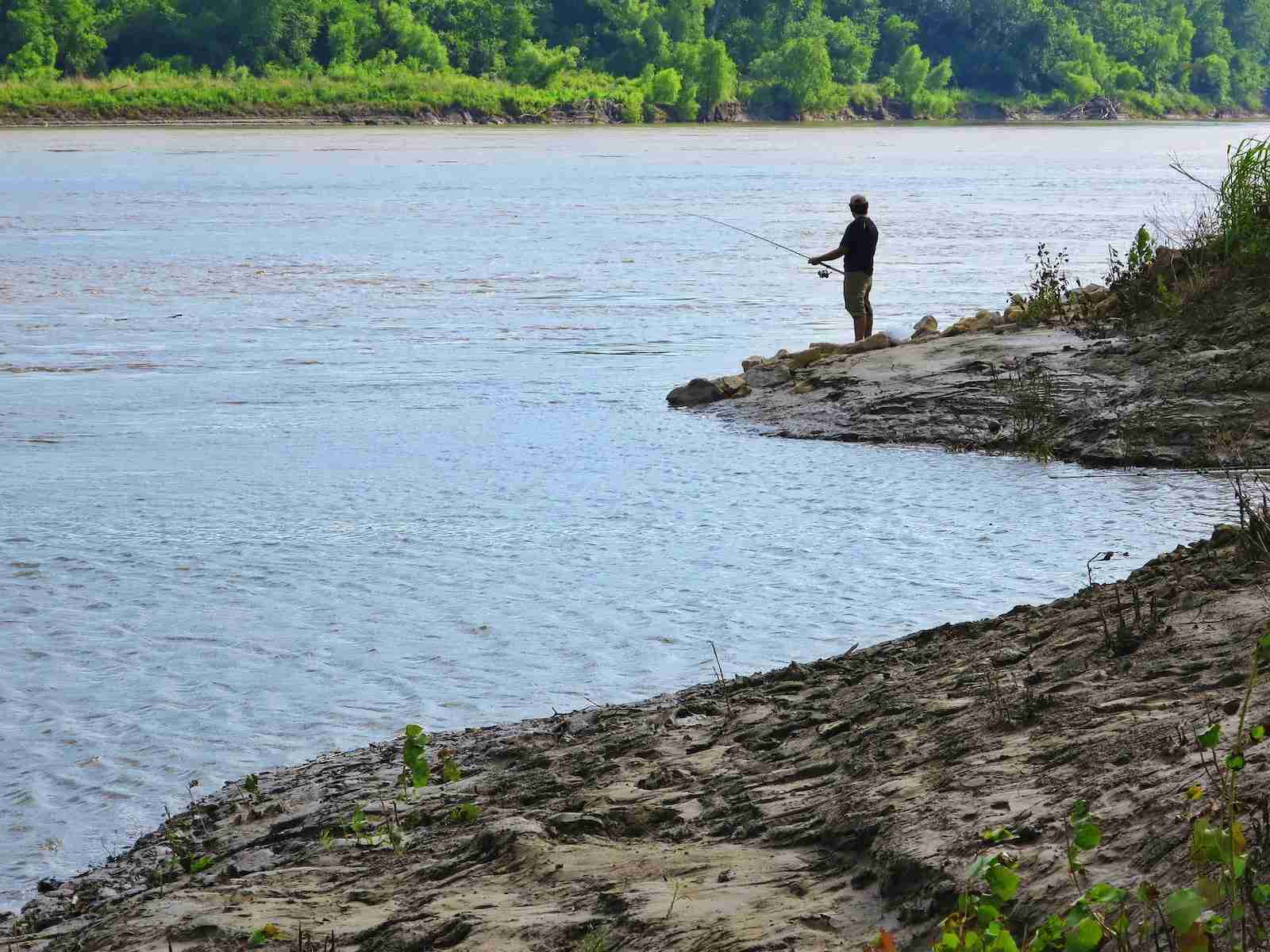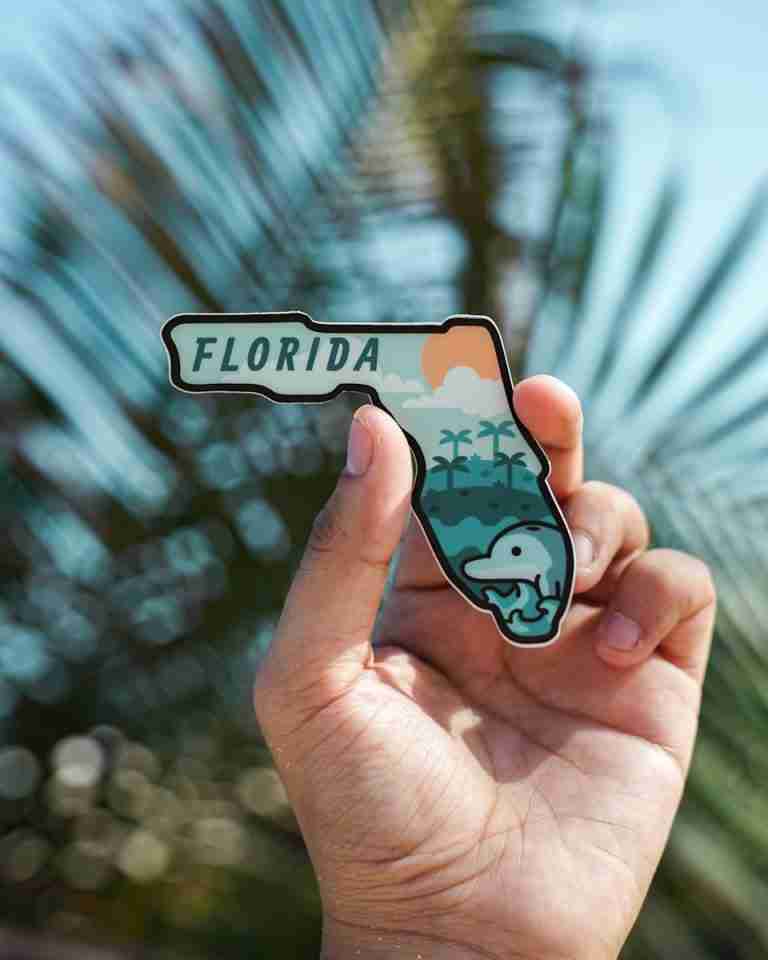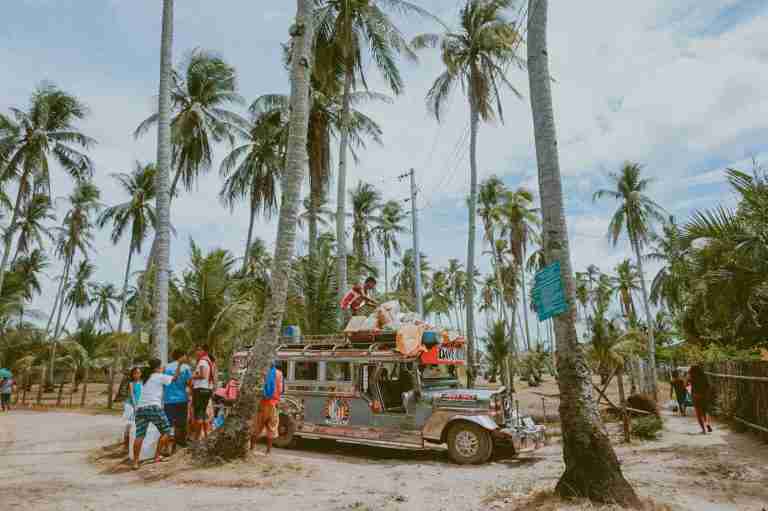23 Fun Facts About the Missouri River (Missouri Marvels)
1. The Missouri River is North America’s longest River, stretching about 2,341 miles.
At truly impressive lengths, the Missouri River is the longest river in North America, stretching to a grand total of 2,341 miles.
Its generous waters cut across numerous landscapes, offering Midwestern residents and tourists alike perfect opportunities for viewing wildlife, discovering natural history, and more.
2. The Missouri River is the 15th Longest River in the world.
The 15th longest river in the world, renowned for crossing a pastoral oasis of outdoor activity and vast landscapes, is celebrated for its majestic presence. Its network of tributaries, often likened to converging underwater highways, has played a significant role in history.
These waters facilitated the establishment of settlements surrounded by Indian tribes before American expansion. This river notably joins the Mississippi near St. Louis, further enhancing its historical and geographical significance.
3. The Missouri River begins in the Rocky Mountains of Montana and flows through 7 States in the United States.
The Missouri River starts in the majestic Rocky Mountains of Montana and continues to snake through seven different American states as it winds from West to East.
Its steady path begins first in North Dakota and continues on through South Dakota, Nebraska, Kansas, and Missouri before reaching Iowa.
4. The Missouri River was named after the Indigenous Missouri tribe.
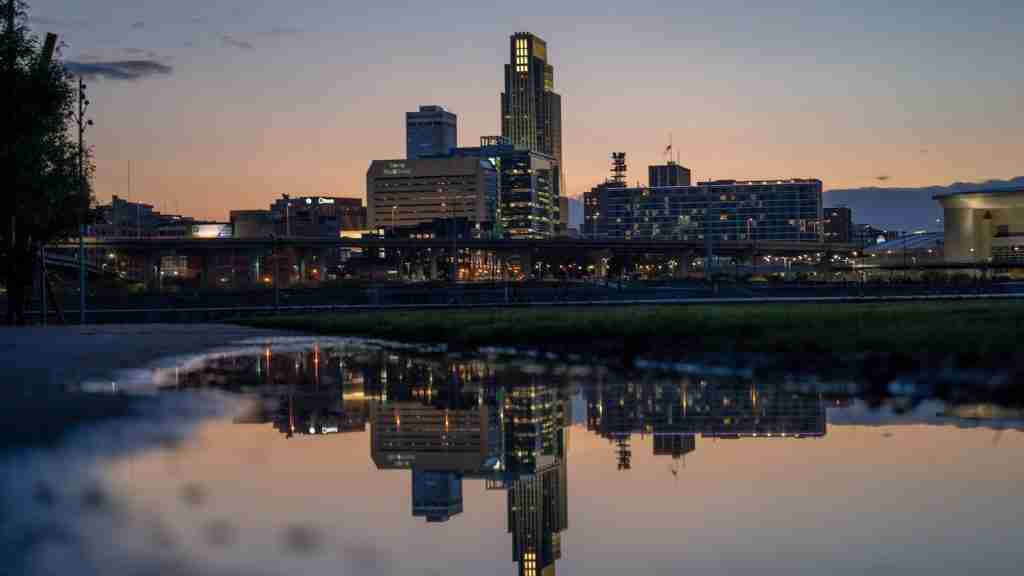
drainage area.
The Missouri River had a most appropriate namesake. The moniker was provided by a distinguishable group: the Indigenous people known as the Missouri Tribe.
This mighty, powerful nation of Indigenous people had a revered title in their own language that inspired the name we know and love today. The name directly translates to People of the Big Canoe, honoring their great tradition of fishing in tandem with large wooden canoes down this special river.
5. The Missouri River has a drainage area of approximately 529,000 square miles.
The Missouri River, our nation’s longest river, comprises three distinct parts—the Headwaters, Great Plains, and Lower Mississippi. Its estimated drainage area totals roughly 529,000 square miles.
Extending 2,341 miles in overall length, this icon of the American heartland takes a winding path from its source near the Yellowstone Plateau in Montana to where it finally joins the mighty Mississippi River at St. Charles County, Missouri.
6. The Missouri River has a large number of tributaries.
The mighty Missouri River is powerful and wide, with many major tributaries contributing to it. Among these are Yellowstone, known for its sprawling and vibrant ecosystems, the Platte, famous for nourishing explorative journeys of centuries past, and the storied Kansas River sentineling the Rocky Mountains.
7. The Missouri River was a key transport route for early settlers and explorers like Lewis and Clark.
The Missouri River served a critical purpose in the journey of early settlers and explorers. Lewis and Clark, two of America’s most renowned adventurers, utilized its waters to continue their push westward. Its deep currents stretched far and wide, propelling the expedition forward.
Lewis and Clark could easily pass treacherous terrain by taking to the river. Swooping upriver on the Missouri River allowed them to explore the West with relative brevity, expanding their knowledge like never before.
8. The Missouri River is home to wildlife like Bald Eagles, Beavers, and River Otters.
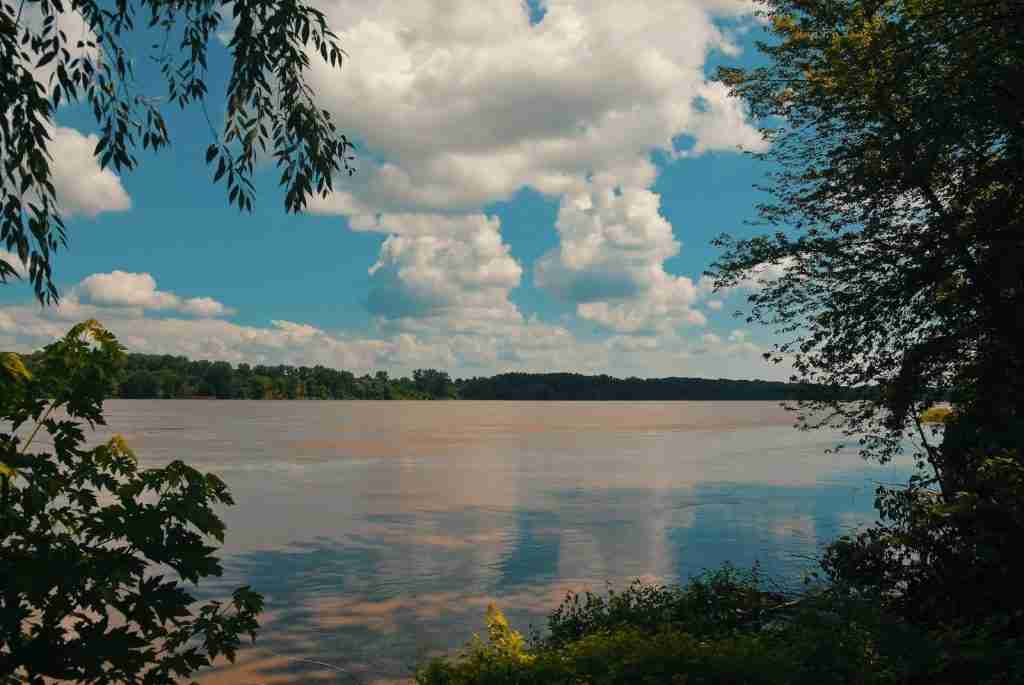
The Missouri River, teeming with life, serves as a crucial habitat for a diverse array of wildlife, including the majestic Bald Eagles, industrious Beavers, playful River Otters, and a wide range of bird species.
These animals play essential roles in the river’s ecosystem, from the Bald Eagles that soar above, keeping the fish population in check, to the Beavers whose dam-building activities create vital wetlands for other species. River Otters, with their voracious appetite, help maintain the balance of aquatic life.
9. The Missouri River is vital for irrigation and drinking water for communities along its banks.
The Missouri River is essential in local agriculture, providing irrigation to outfits along its length. The water along its banks is being used as a source of drinking water for numerous communities.
It’s an incredible resource that strengthens the area, with farmers relying on it to feed their livestock and water their crops. Away from the farms, it serves an indispensable duty in supplying hydration to local citizens who are lucky enough to live near this majestic river.
10. The Missouri River has a History of Flooding, with Several Major Floods.
Despite only occupying 3/10ths of a percent of the earth’s water surface, the Missouri River undeniably has its part to play in many significant history lessons. In fact, over just the span of one century, virtually uncontrolled flooding events have led to numerous major emergencies on both sides of the Mississippi itself and its tributaries.
One such disaster hit not long after 1925 when heavy season snowpack exceeded what its first levee system could withstand in order to protect thousands of acres along the riverbed.
11. 19th-century steamboats carried goods and passengers on the Missouri River.
From the middle of the 19th century until just past its end, Steamships pulled into ports all along the riverbanks of Missouri. These charters promised to carry hale and hearty citizens with their carts heaping of supplies, both frills and necessary.
Steamships were popular because they meant a streamlined journey that minimized fatigue and danger.
12. Missouri River dams include Fort Peck, Montana and Gavin’s Point, South Dakota.
The Missouri River hosts a vital infrastructure, with many dams and reservoirs. One of the key structures along the watershed is the Fort Peck Dam in Montana, an earthen berm built in 1933 to contain sediment loads and provide water conservation benefits.
Further downstream rests another one of these important pieces of engineering – the Gavin’s Point Dam, which spans South Dakota and Nebraska and was constructed in 1956 to support recreational boating better. Both are exemplary waterworks that shape part of this vital river’s history.
13. The Missouri River hosts various fish species like Catfish, Bass, and Crappies.
Nestled in the heartland, the Missouri River is awash with life. From catfish to bass and even silly crappies, this river is teeming with many species of fish.
Inhabitants that happily call the waterway home include several types of carp and shad, water-modeled mussels, and those good old gars.
14. The Missouri River was a site for Civil War battles.
The Missouri River can dawn on history as the setting of numerous battles during the American Civil War. A prime example of this is the renowned Battle of Lexington, held aloft on her waters.
Furthermore, there was also the Battle of Westport. Both flaring displays of tanks and soldiers saw their venue entrenched within the sable stream of the Missouri River’s lay.
15. The Missouri River is home to tribes like Omaha, Ponca, and Iowa.
The Missouri River is a vital part of many Native American histories. The Omaha, Ponca, and Iowa people are just a few of the tribes that have traditionally made their home near the river’s banks.
These three tribes share similarities in their cultures but also celebrate their distinct differences. Their livelihoods were inexorably intertwined with the Missouri River and the surrounding landscape, from ceremonies to rituals to traditions to foods.
16. The Missouri River is crucial for transporting agricultural goods.

The Missouri River plays an essential role in transporting vital agricultural commodities. Critical products such as wheat, corn, and soybeans receive a crucial connection to buyers through the Missouri River trade route.
The flow of these agricultural goods is immense thanks to the invaluable asset of water transportation. For local communities bustling with farming activity, trucks, planes, and airplanes are not seen filling our highways, but quality cargo boats fill the Missouri River, heaving locally grown commodities toward far-off destinations.
17. The Missouri River features state and national parks.
Travelers and nature lovers alike find nature’s paradise in the form of the Missouri River, winding through several beautiful state and national parks.
One such park is the Missouri National Recreational River, comprised of nearly 53 miles of free-flowing waters with ample fishing, rafting, paddling, and sightseeing opportunities.
18. The Missouri River shelters endangered species like the Piping Plover and Pallid Sturgeon.
The Missouri River is a nursery for many threatened and endangered species, providing lifecycle support and nourishment. In particular, it is one of the last refuges of the Piping Plover, an imperiled shorebird that combines art with science–each feather a calculated pattern, like tiny colorful brushstrokes in the air.
Similarly housing the Pallid Sturgeon, a rare fish easily discernible by its fossil-like armor plating and prominent snout. They are both critical inhabitants of Missouri’s biodiversity and are unique character standouts within its aquatic ecosystem.
19. The Missouri River is a key flyway for migratory birds.
The Missouri River is a crucial stopover for many migratory birds. It serves as a major habitat, allowing both waterfowls and shorebirds the opportunity to strum up some energy during their annual journeys.
Millions of feathered friends are hosted here when they go between their southern homes or more northern summer residences.
20. The Missouri River’s diverse landscape includes forests, grasslands, and wetlands.
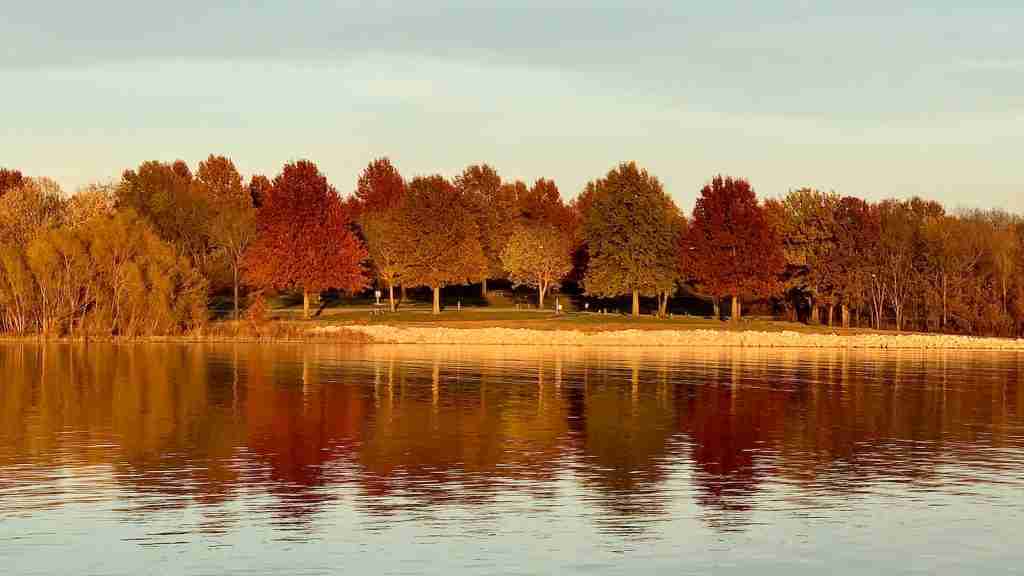
The Missouri River has an immense amount of ecological diversity to offer. From vast forests reaching the distant horizon to grasslands embraced by a cool afternoon breeze and lush wetlands where native life flourishes, this majestic river truly has something special along its shore sides.
It boasts a soaring canopy of trees that provide shelter and comfort to animals, large and small. Its extensive grasslands will surely delight any explorer with its sights of glowing meadows gently touched by the sun beaming through their thick blanket of undisturbed wilds.
21. The Missouri River was an important transportation route for early European Colonizers.
European settlers and explorers during the early years of our country recognized the potential of the Missouri River as a transportation route. Much like a roadway in many respects, they used it to transport goods and supplies to regions on the western fringes of civilization.
22. The river’s lowest elevation is 404 feet at its mouth into the Mississippi River.
The Missouri River, which culminates its journey by merging with the Mississippi River, reaches its lowest elevation at 404 feet above sea level. This point marks the end of its winding path through the heart of America.
In stark contrast, the river’s journey begins at an impressive elevation of 9,100 feet at Brower’s Spring, nestled in the Rocky Mountains of Montana. This dramatic elevation difference highlights the river’s long descent from the rugged mountains through diverse landscapes to its confluence with the Mississippi.
23. In 1978, Alan Captain America Jones swam 112 miles of the Missouri River handcuffed.
In 1978, a retired Marine Corps captain named Alan Jones, who was nicknamed Captain America, took on a challenging feat. He swam 112 miles across the Missouri River from Sioux City, Iowa, to Omaha, Nebraska, while being handcuffed to add to the difficulty.
The goal of his swim was to prepare for another swim down the Ohio River and to push his limits for future challenges, such as a planned swim across the Atlantic Ocean. During his swim, he encountered various wildlife and battled treacherous whirlpools. It took him a day and a half to complete this incredible feat.
FAQS
The Missouri River starts in the mountains of Montana and finishes by flowing together with the Mississippi River in Illinois, completing its 2,341-mile journey.
The Missouri River meets with the Mississippi River in the state of Illinois, near the city of St. Louis.
Before reaching Iowa, the Missouri River runs through several states, including North Dakota, South Dakota, Nebraska, Kansas, and Missouri.
The headwaters of the Missouri River are located in the mountains of Montana, specifically in the southwestern part of the state.
Yes, the Yellowstone River is a major tributary of the Missouri River. The Yellowstone River is the longest undammed river in the contiguous United States, with a length of approximately 692 miles. It begins in the Absaroka Range of Wyoming and flows through Montana and North Dakota before emptying into the Missouri River in North Dakota.
The Missouri River is fed by a number of major tributaries as it flows through the central United States. Some of the most significant tributaries of the Missouri River include:
1: The Yellowstone River: This river begins in the Absaroka Range of Wyoming and flows through Montana and North Dakota before emptying into the Missouri River in North Dakota.
2: The Platte River: This river begins in Colorado and flows through Nebraska before emptying into the Missouri River in Nebraska.
3: The Kansas River: This river begins in eastern Kansas and flows into the Missouri River near Kansas City, Missouri.
4: The Niobrara River: This river begins in Wyoming and flows through Nebraska before emptying into the Missouri River in Nebraska.
5: The James River: This river begins in South Dakota and flows into the Missouri River in South Dakota.
6: The Big Sioux River: This river begins in South Dakota and flows into the Missouri River in South Dakota.
7: The Des Moines River: This river begins in Minnesota and flows through Iowa before emptying into the Missouri River in Iowa.
8:The Osage River: This river begins in central Missouri and flows into the Missouri River near Jefferson City, Missouri.
The Missouri River has an average depth of 35 feet, though it can reach depths of up to 100 feet in some areas. At its deepest point near Sioux City, Iowa the Missouri River reaches a depth of about 115 feet.
The Missouri River is the longest river in the United States, with a length of approximately 2,341 miles. It is the 15th longest river in the world. The Missouri River begins in the Rocky Mountains of Montana and flows through North Dakota, South Dakota, Nebraska, Kansas, Missouri, Iowa, and finally into the Mississippi River in Illinois.

